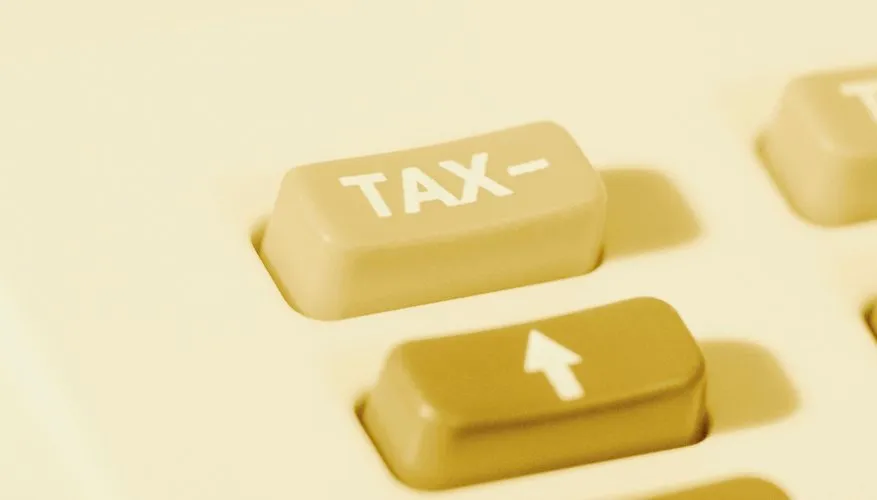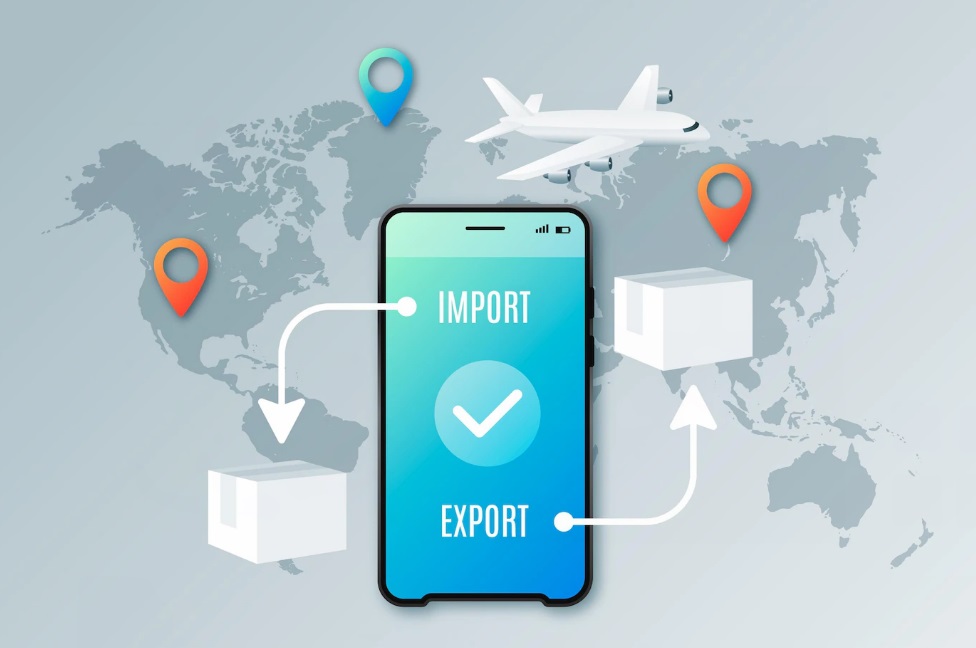Diversifying the portfolio is one of the recommendations that you will hear the most from economists and financial consultants. And it’s not bad advice, after all, even the most stable economies and the most demanded products have a minimum of risk. So, the most logical thing is to make sure you have a portfolio of clients and investments that is as diverse as possible, in this way, if one sector of the market begins to fall, we can sustain our business with the others.
But, as the saying goes, the only certainty in life is death and taxes, and every time the possibility of diversifying into another sector arises, we must take into account a new sector in which we diversify, we must take into account the regulations in that sector for the payment of the corresponding taxes.
This becomes even more complicated when we want to enter the international market. Each client from a new country with which we want to generate a transaction or economic exchange has its own regulations and taxes that we must know in advance to ensure that we are not losing more than what we are expected to generate.

In some countries they even force their companies and businesses to revalidate their tax situations after a certain period of time. This is the example of the countries of the European Union, which require revalidation of their tax identification number (or VAT) to continue carrying out commercial actions.
That is the main problem if one is lucky enough to open business relationships with customers or suppliers within the European Union. In addition to the taxes to be paid, a VAT must be acquired and at the same time ensure that the other party has their VAT up to date.
Although it is true that each country offers some type of service through which the veracity of a VAT number can be verified, each country has a different alphanumeric code system, and when one has several clients, verifying each one of them begins to become tedious.
It can also happen that one is working with a client that is in one country but whose headquarters are in another. Not being able to identify this, one can fall into the mistake of thinking that their VAT number is fake just because they did not look it up in the proper database. So while business can be profitable, the extra work involved in checking and validating VAT numbers can even go so far as to hire someone specifically for the task.
Fortunately, there are tools capable of automating the process of searching for and controlling customers’ VAT numbers. One of them is the VAT Validation API, which through a simple search can verify the veracity of a number in addition to its carrier data.
VAT Validation API searches through the different databases from all over the continent to find the match with the VAT number that you want to find. Also, it will provide a report with the information of the country to which the number belongs, the name of the company and its address according to the commercial data.
In this way, you can ensure that you always have complete, correct, and up-to-date information for your customers. The instant verification detects missing or incorrect numbers at a glance and removes them from your system if necessary. You will improve the accuracy of your customers’ VAT numbers and always have a complete picture.


